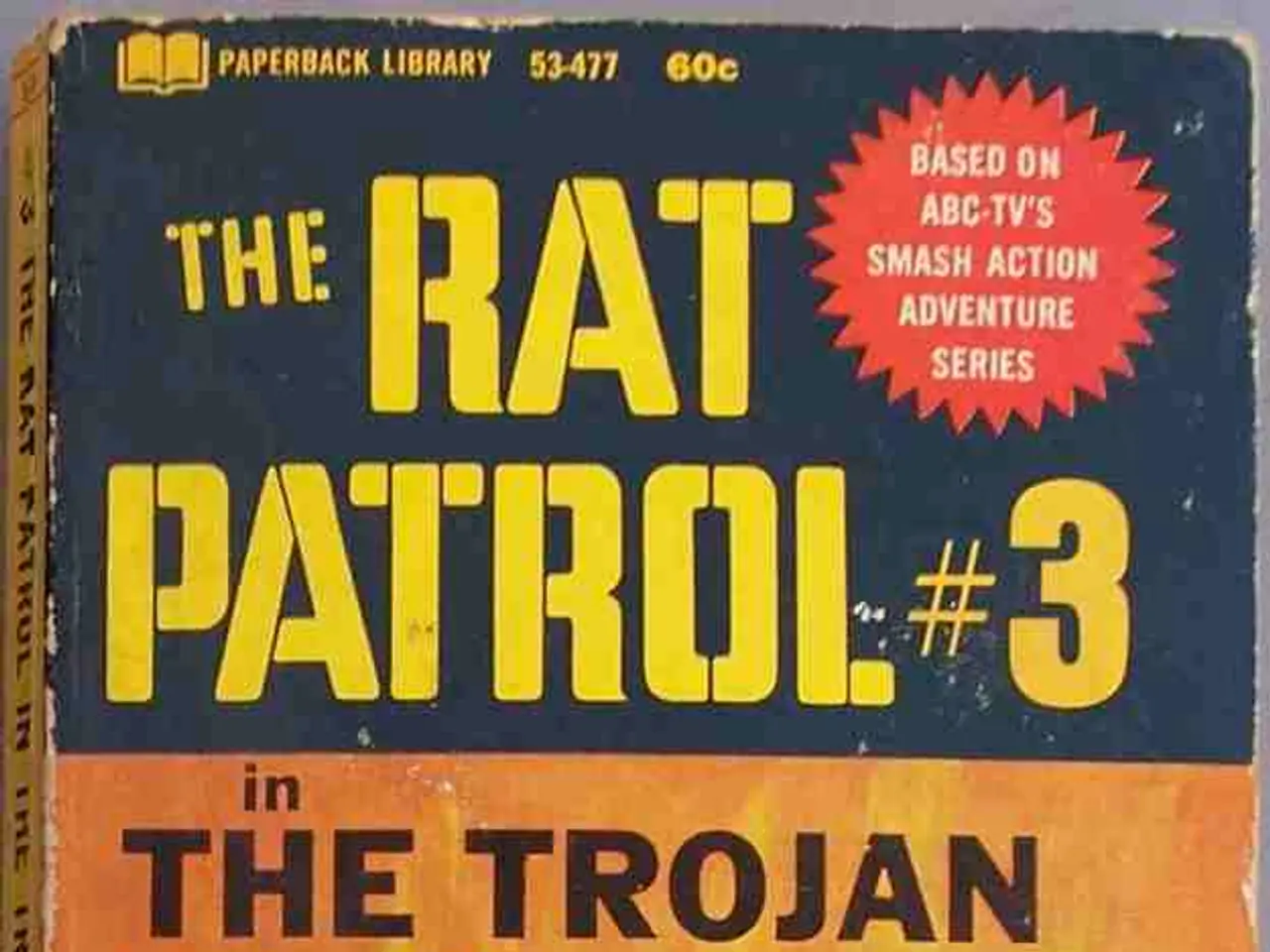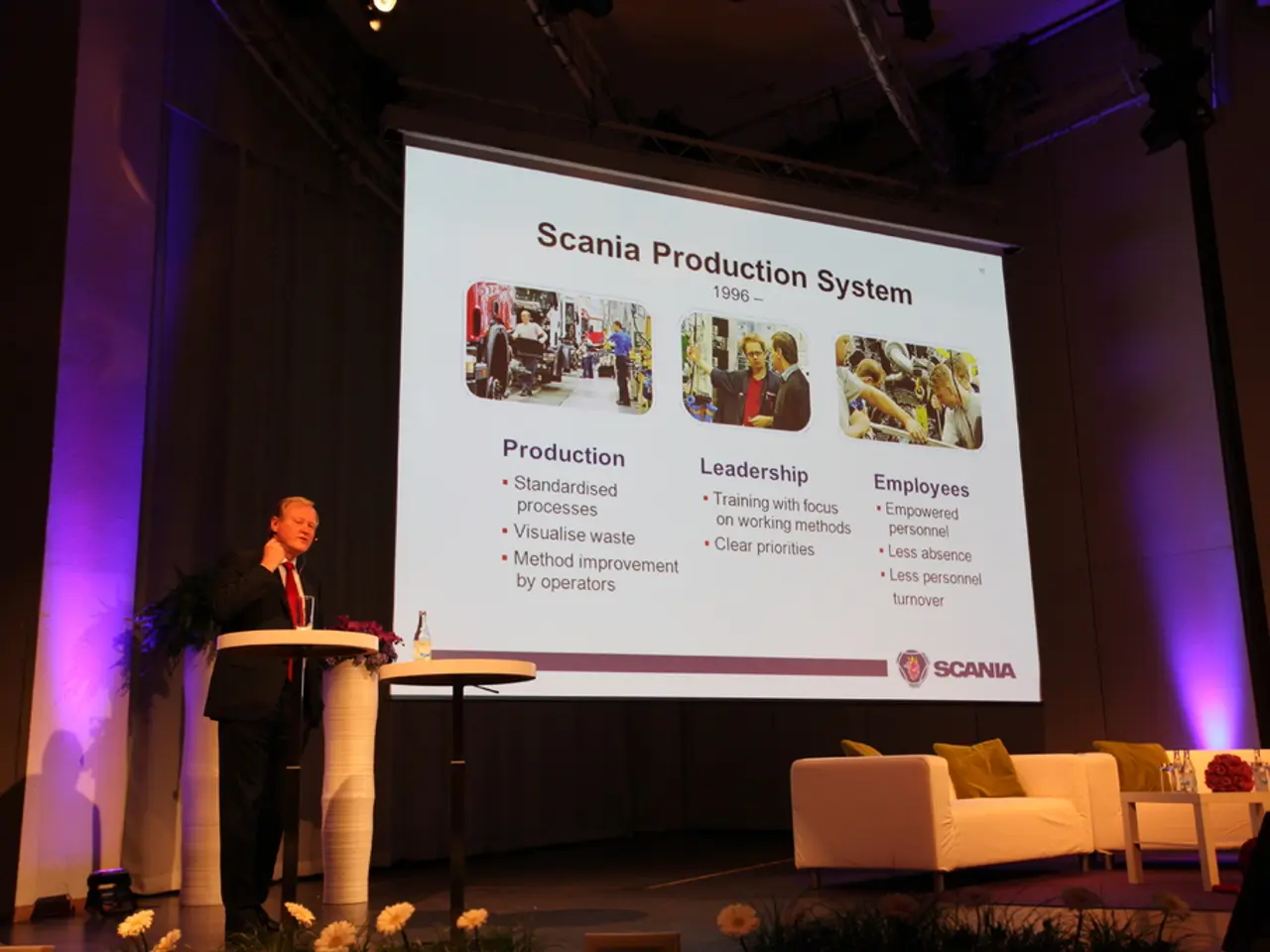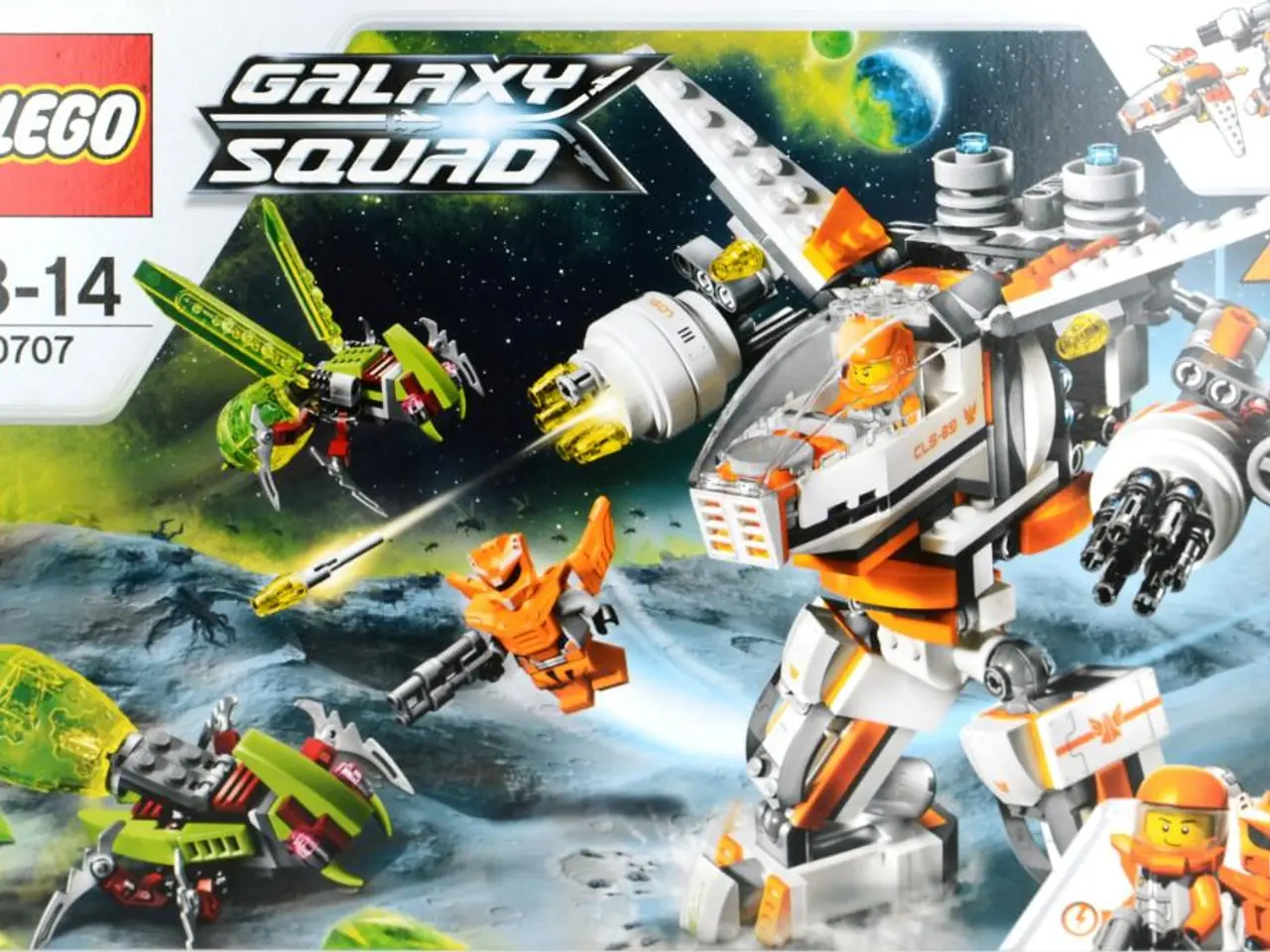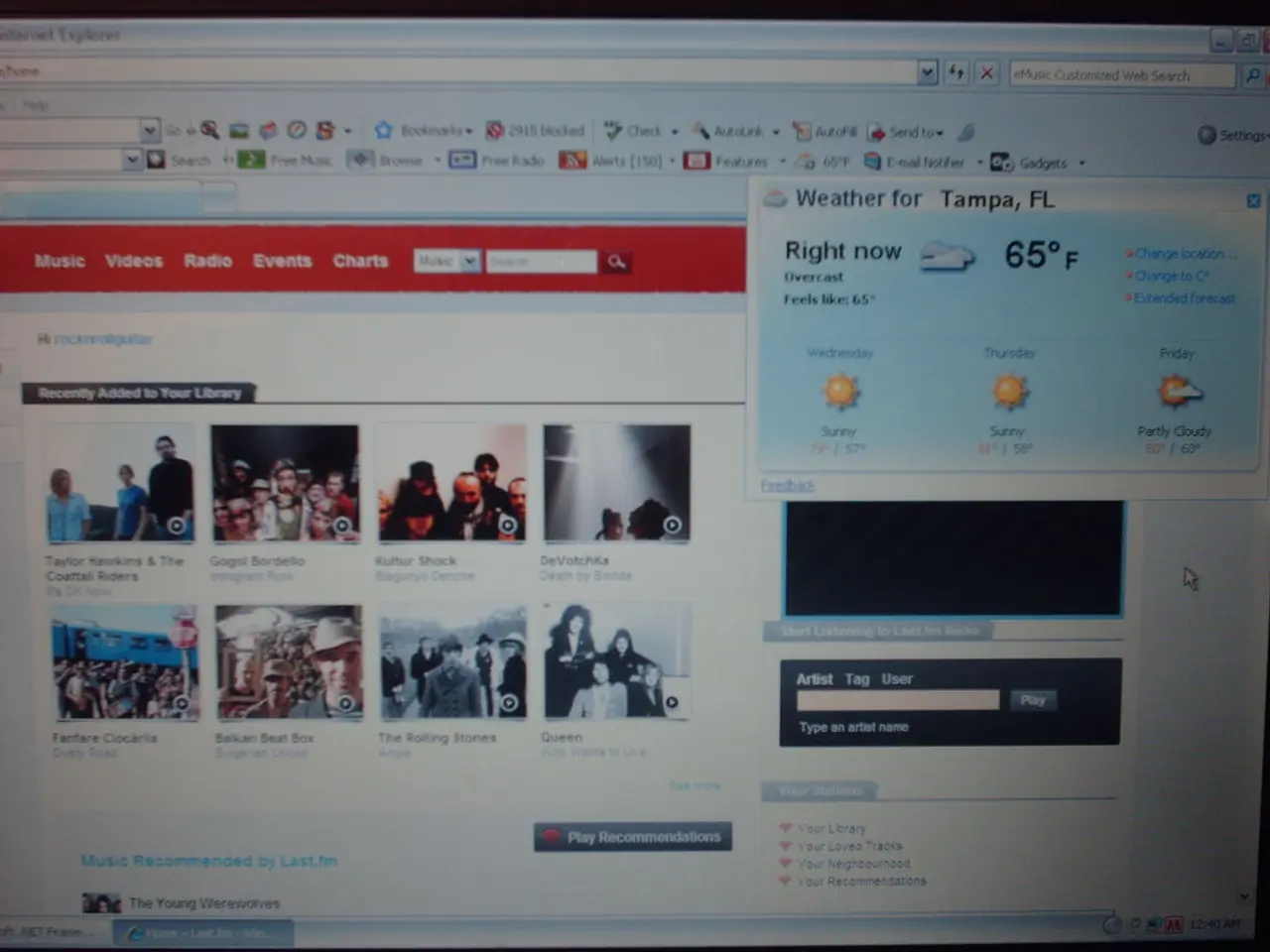Military equipment provider Renk is readying for significant tank order placements from the Bundeswehr.
In a significant move towards military modernization, Germany is set to increase its defense budget to 170 billion euros per year by 2029, marking a near tripling of the current budget [1]. This increase, part of a broader NATO rearmament strategy, is expected to shift the focus more towards Europe and Germany in particular [2].
At the heart of this strategic expansion is the procurement of new armored vehicles. The federal government plans to order up to 600 new battle tanks, specifically Leopard 2A8 main battle tanks, along with 1,000 wheeled armored vehicles such as the Boxer 8x8 and a substantial number of Puma Infantry Fighting Vehicles (IFVs) [1][2].
These orders, considered one of the largest German armored vehicle orders since the Cold War, are a response to changing security dynamics in Europe, triggered by the war in Ukraine and heightened threats from Russia [2].
Preparing for this boost in orders, market leader for military precision gears outside of Russia and China, Renk, plans to invest around 500 million euros in production, capacities, and research over the next few years [1]. This investment is expected to position Renk well to meet the increased demand for its components, which are used in Leopard, Boxer, and Puma tanks, among others, as well as in US Bradleys and Israeli Merkavas [3].
The new CEO of armaments supplier Renk, Alexander Sagel, has stated that the company is expecting extensive tank orders from the federal government [3]. This anticipated increase in sales could potentially see Renk's revenues reach two billion euros by 2028 [3].
The German government is also investing heavily in upgrading and expanding its Puma IFV fleet with contracts worth billions of euros, aiming to operationalize and standardize these vehicles by 2029 [4]. This aligns with the broader armored vehicle acquisition strategy involving Renk.
Notably, both Rheinmetall and KNDS, key players in the defense industry, use Renk gears in their technology [3]. This collaboration could further boost Renk's sales potential as these companies are likely to be involved in procuring new armored vehicles.
The first orders could arrive as early as the beginning of 2025, signalling the start of a period of significant growth for Renk and the German defense industry as a whole [1]. With these orders, Renk is poised to play a central role in Europe's conventional defense under the NATO strategy in the future [2].
References: [1] https://www.reuters.com/business/autos-transportation/germanys-renk-to-invest-500-million-armored-vehicle-production-2021-07-15/ [2] https://www.reuters.com/world/europe/germany-to-order-up-to-600-new-tanks-thousands-armored-vehicles-sources-2021-07-15/ [3] https://www.defensenews.com/global/europe/2021/07/15/germanys-renk-to-invest-500-million-in-armored-vehicle-production/ [4] https://www.defensenews.com/global/europe/2021/07/22/germany-to-invest-billions-in-puma-ifv-upgrades-and-standardization/
The technology sector catalyzed by the defense industry's expansion finds a prime player in Renk, a leading manufacturer of military precision gears, whose comprehensive orders include components for several sports-like battle tanks, such as Leopard 2A8, Boxer 8x8, and Puma Infantry Fighting Vehicles. The expected tank orders from the federal government could potentially elevate Renk's revenues to two billion euros by 2028, harnessing the power of sports and technology in defense modernization.




